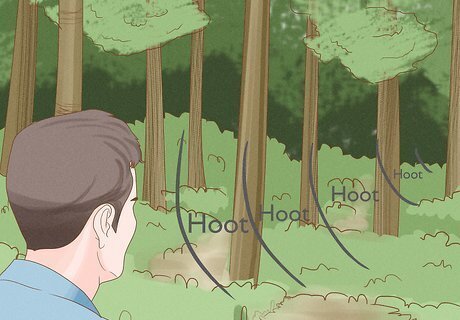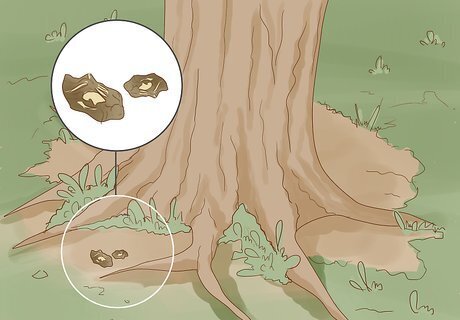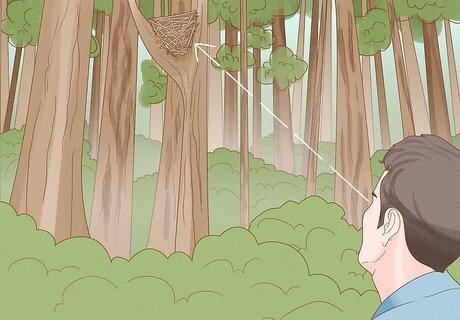
views

Use the internet or a good birding book to find out what kinds of owls live in your area.

Use a map of your area to find potential habitats.

Choose a nearby habitat to explore being careful not to trespass. Tree groves are good spots.

You can start your search at night or in the daytime.

Walk into the grove listening carefully for any hoot-hoot-hoot-hoot sounds. You can hear these in daylight but they are easier to hear at night.

Choose a tree and check the bottom of the trunk all the way around for signs of owl pellets or white owl excrement.

When you spot excrement, move your eyes slowly up the tree looking for unusual trunk formations, broken branches or natural indentations in the trunk. Any of these might make a good owl nest.

Continue searching around and up the tree trunks for signs of owl nests. Be patient. Create a way to remember which trees have already been studied.

If you're lucky and find a nest, chances are you'll see your new owl friend or friends in it.

You might see one or both of the owl parents nearby. In the daytime, they will be sleeping close to their babies on nearby branches or in the nest itself if the babies are very young.

Study and enjoy your discovery being careful not to disturb them.

Come back a few more times to monitor their growth and progress.




















Comments
0 comment